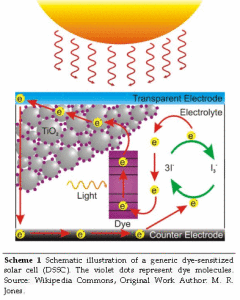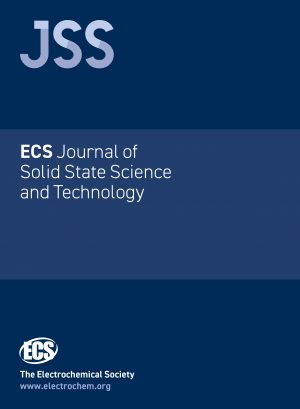 Call for Papers
Call for Papers
The ECS Journal of Solid State Science and Technology is publishing a collection of papers on perovskite solar photovoltaic and photoelectrochemical cells.
To achieve carbon neutrality, perovskite solar photovoltaic and photoelectrochemical cells are promising technologies to catalyze the growth of solar energy deployment. As the power conversion efficiency of the laboratory-scale single-junction photovoltaic cell surpassed 25 percent, it attracted huge interest from the solar industry. Additionally, perovskites have recently emerged as promising next-generation photoelectrochemical photoelectrode materials. However, major challenges remain to be overcome before the industrialization of these promising solar technologies. The technical contents covered in this focus issue should provide important electrochemical and photophysical insights for the development of commercial perovskite photovoltaic and photoelectrochemical devices and systems.


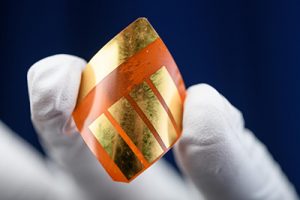
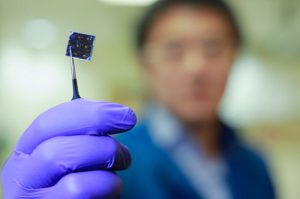
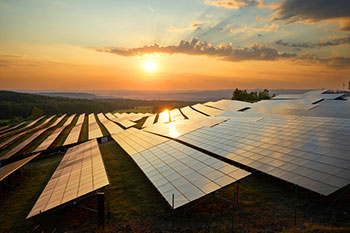 Researchers have developed a new titanium-based material that is a good candidate for making lead-free, inorganic perovskite solar cells.
Researchers have developed a new titanium-based material that is a good candidate for making lead-free, inorganic perovskite solar cells. A team of researchers from the National Renewable Energy Laboratory, in collaboration with a team from Shanghai Jiao Tong University, has developed a method to improve perovskite solar cells – raising both efficiency and reliability levels while make them easier to produce.
A team of researchers from the National Renewable Energy Laboratory, in collaboration with a team from Shanghai Jiao Tong University, has developed a method to improve perovskite solar cells – raising both efficiency and reliability levels while make them easier to produce.